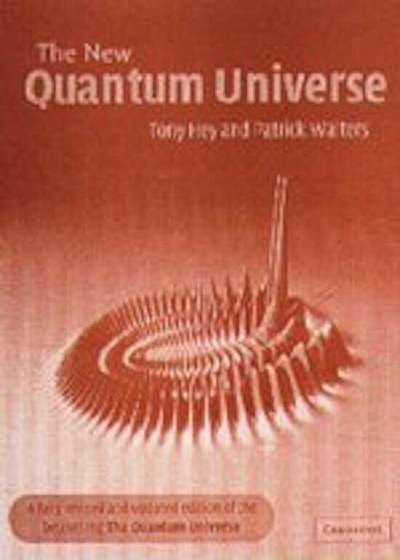
The Quantum Measurement Problem, Paperback/Michael Steiner
Descriere
Description The Quantum Measurement Problem (QMP) is a single resource for information on the QMP and it establishes a basis for research on what is arguably the most well-known and still-unresolved scientific problem: how does our observed world relate to the quantum? The book is suitable for both undergraduate level study on a selective basis as well as graduate level study and for use as a resource for research scientists interested in aspects of the QMP. There are many sections that can even be profitably read by the general public to appreciate the history and future importance of the QMP. Although many books are now available that adequately address Quantum Information, this is the first book offering a comparable treatment for the QMP. The QMP has a companion website, https: //theqmp. com, with video presentations and other resources. There are some in the physics community that view the QMP only as a problem that requires an interpretation while others view its solution as essential to complete our physical description of the world and enhance our ability to design experimental probes of its physical elements in terms of quantum physics. This book critically examines these two viewpoints and resolves this dichotomy in favor of the latter viewpoint. The problem is precisely defined in terms of experimental operations and the scientific requirements that a resolution would have to meet. It explains why the QMP is a physical problem that requires more than an interpretation for its resolution and why a solution could have profound implications for physics as well as other fields. In particular, it uses quantum information methods for a constructive demonstration that unitary Schr dinger processes can be experimentally distinguished from measurement processes using well-established techniques such as Bell measurements, which would establish that measurement is a non-unitary process. Neither Schr dinger's equation nor the measurement postulate is found to be suffic





